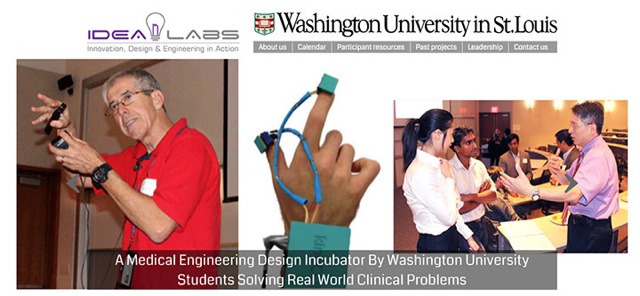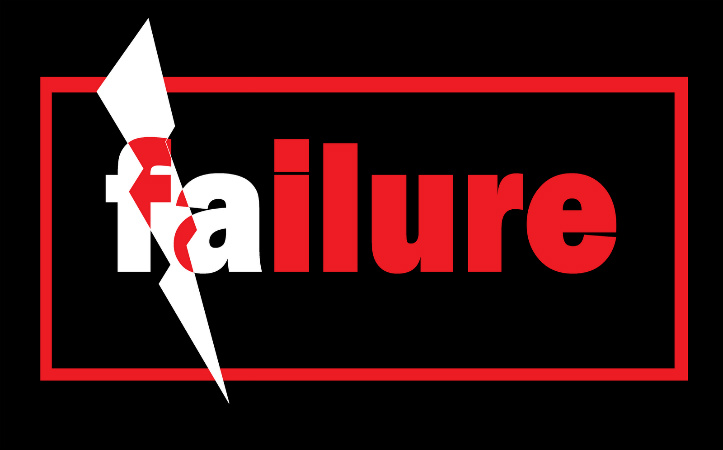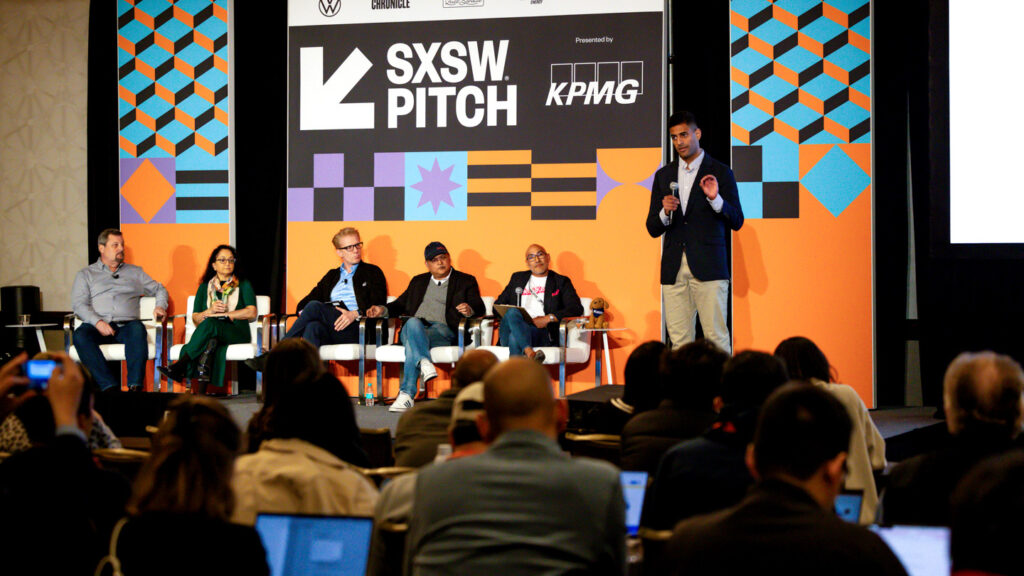By Joshua Siegel and Sam Sun
A Biodesign Incubator for Students
Purpose
Our mission is simple – bring together physicians, engineers and entrepreneurs to nourish a culture of innovation. We want to develop novel approaches to unmet clinical needs, and at the same time, prepare students for the professional biomedical landscape.
Overview
To implement this, we started IDEA Labs as a biodesign and entrepreneurship incubator in 2012, based at Washington University. We bring clinicians in to share clinical problems with students. Teams of engineering, medical, and graduate students work together over two semesters to brainstorm, research, design, prototype, and test novel devices and applications for patient care. We provide teams with funding, lab space, and guidance from clinical mentors and technical advisors. The IDEA Labs design program concludes with teams presenting final designs to a panel of judges from the St. Louis entrepreneurial and medical communities. Teams use this event to share their prototype with the community and “test the waters” of Saint Louis entrepreneurship pipelines such as Olin Cup, Arch Grants, BioGenerator, and more. The Future of IDEA Labs We were fortunate to receive an outpouring of both financial and advisory support from the Skandalaris Center as well as a number of departments within the university that made our inaugural year successful. Multiple project teams from last year continued development after Demo Day. Teams have gone on to seek funding and win monetary prizes in other engineering design competitions. In the past year, we’ve worked on getting the word out to students and to faculty. In the second year of the program, we’ve seen continued rise in interest from the student body and low attrition amongst those that have chosen to participate (over 60 students this year). Our goal over the next few years is to strengthen the quality of our program and the support for student teams. We’re developing a for-credit class with Dr. Gregory Polites and Dr. Frank Yin to teach engineering undergraduates to observe healthcare processes in an unbiased and critical way. To help students develop engineering chops, we’re putting together a set of tutorials in software and hardware design for students to complete before beginning an IDEA Labs design cycle. We’re also working to bring on technical mentors for teams to run “skills sessions.” Finally, we’re really excited to be working with Skandalaris Center and the St. Louis venture capital and startup community to support successful teams beyond their year with IDEA Labs. We strive to always be improving IDEA Labs, but our mission will always be to an open environment where students and professionals can come together to tackle healthcare problems.
An Opportunity for Collaboration
New challenges for hospitals
Healthcare is hungry for innovation. Advances of the past century dramatically reduced deaths from acute causes like infectious disease. As a result, doctors care for people living longer lives, but often with chronic conditions like heart disease and dementia. Despite innovations in new diagnostics and new drugs, hospitals don’t always deliver efficient, high-quality care for patients. This is no one’s fault. Indeed, physicians and patients alike are increasingly under pressure from a system that is too costly and too archaic for 21st century healthcare. Technology is part of the problem. Physicians, nurses, and patients often complain about machines, devices, and IT systems that are cumbersome and difficult to use. Further, technologies such as surgical robotics and proton beam facilities drive up cost without clear benefits. Technology can also be part of the solution. Mobile technology and the Internet have revolutionized industries ranging from entertainment to retail to finance, but healthcare has been uniquely resistant to change. Doctors carry smartphones with more computing power than an IBM mainframe from the 1980s, but still use an ophthalmoscope that hasn’t changed much since it was invented by von Helmholtz in the 1850s. As medical students of the Millennial Generation, it seems that the world around us is becoming smarter, faster, and safer, but healthcare is standing still.
Division of labor
As students, we saw an opportunity to collaborate across departments and bring technology innovation to healthcare. Every day at Washington University, medical students learn to provide world-class patient care, engineering students design devices for senior design projects, and business students churn out detailed business plans to practice the process of entrepreneurship. By every metric, Washington University produces leaders in their fields. However, as students in medicine, engineering, and business, we often study and learn in silos within our degree programs. It is for this reason that we have endeavored to create a program that allows medical, engineering and business students to work together and apply our unique skills to exciting and impactful problems in healthcare.
Projects
Teams have worked on projects ranging from medical devices to health IT services (Figure 1A, 1B). KinoCOM: Kinetic Communication for Paralyzed Patients Patients with ALS, stroke, and spinal cord injury suffer from near-total paralysis. This team is helping a lock-in stroke patient communicate by configuring a gyroscope-accelerometer for his fingers and a Microsoft Kinect for his face/head movement. By combining information from fingers and head motion, this team is using an award from the US Army to develop an adaptable communication interface achieving performance comparable to commercial packages. Epi-Squared: An EpiPen for Epilepsy Many implantable devices use single-use batteries that last 5 years, and then need to be replaced. This requires additional surgeries, each of which can cost several tens of thousands of dollars. This team (named as a Finalist in the Olin Cup) is working on integrating wireless power transfer technology into nerve stimulator devices, such as vagal nerve stimulators, so that devices can be recharged non-invasively.
Intellectual Property
With Washington University’s Office of Technology Management, and Office of General Counsel, we have agreed on an IP policy designed to facilitate smooth transition of novel IP from the university environment to the commercial space. In particular, intellectual property developed within the confines of IDEA Labs and its teams will remain the property of the inventors, with the university withdrawing its right to ownership. This IP policy is intended to foster collaboration among faculty and students within the university to address needs that are not easily solved under the current IP and traditional research paths. It is a testament to how important developing entrepreneurship and innovation is to Washington University. IDEA Labs on The Domain Tech Report:










